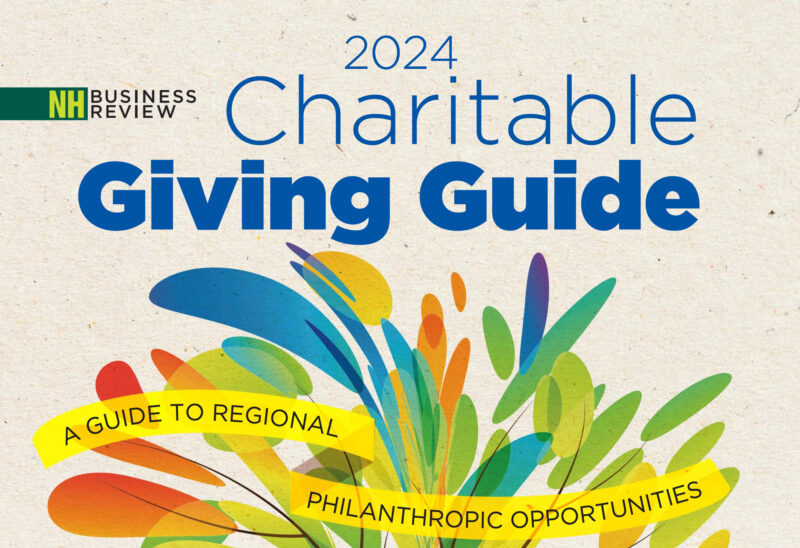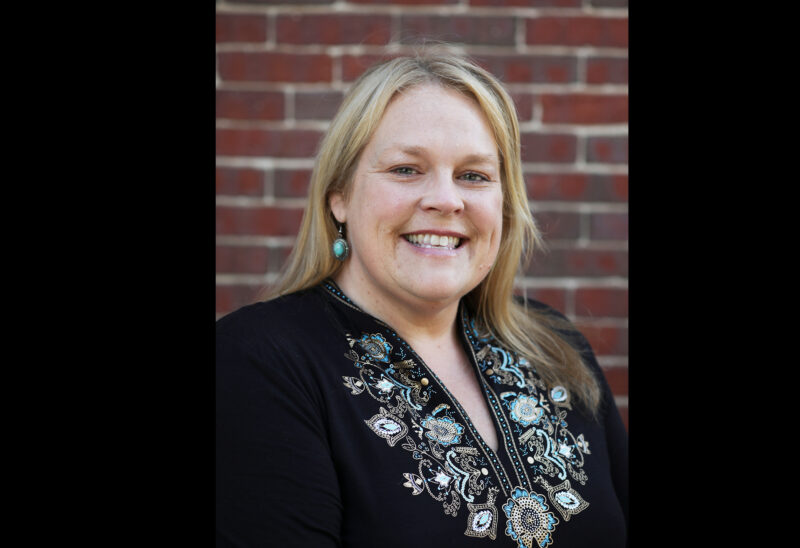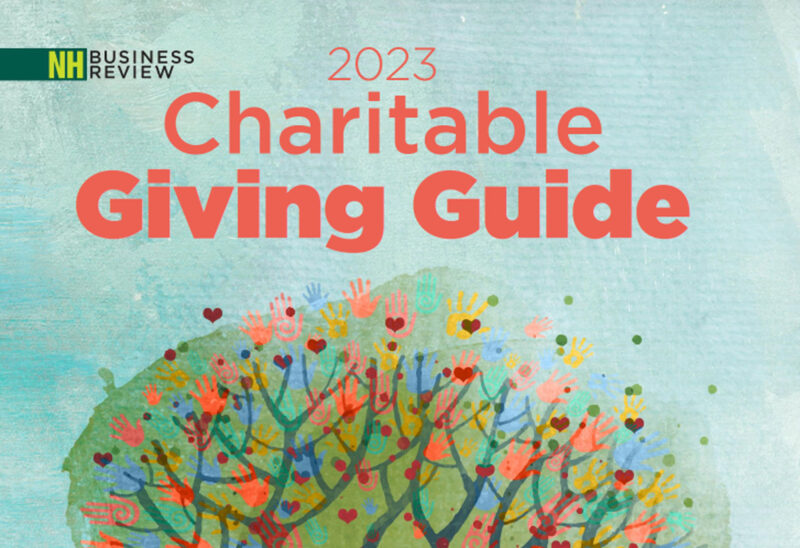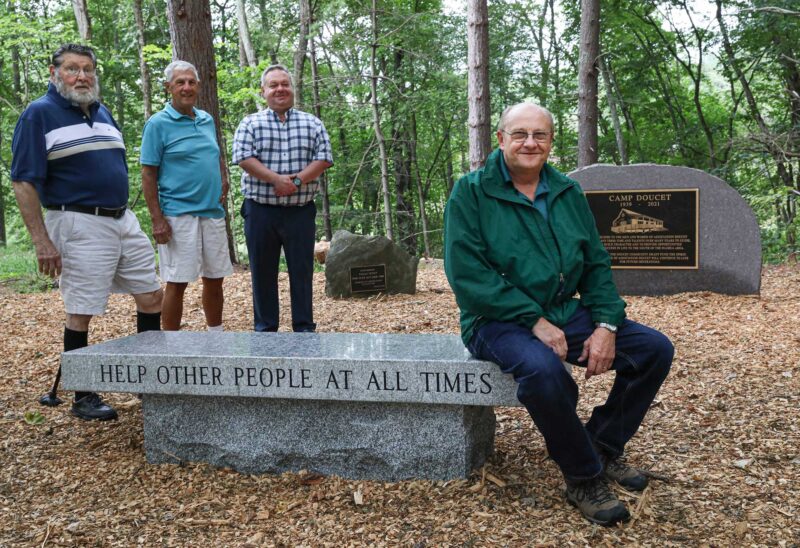Giving should be easy. It should also be rewarding, and fun, and do the maximum amount of good. But too often — especially when people are faced with year-end tax deadlines and pressures — it is none of those things. The universe of giving vehicles and worthy charities can seem impossibly complicated, and a beginning point can be tough to choose.
Here are some ideas for how to make a plan, and get started:
Think about what matters to you. What are you passionate about? What are the issues or needs in your community that you would most like to help address? Do you love your local library and want to help buy some new books? Do you have an elderly neighbor who relies on Meals-on-Wheels? Do you want to contribute to multiple organizations and issues, or focus your giving in one place? Thinking about those things first will help make decisions simpler, more rewarding and effective.
- Get the family involved. Talking about charitable giving and making decisions together is a great way for families to share values and interests. Giving is learned by example, and children who learn from their families will carry on that philanthropic tradition. One great way to introduce the idea of giving to young children is to set up a “three-way” allowance: one-third to spend, one-third to save and one-third to give. Help children think through where to give, but let them decide where their gift should go. And, if possible, take them to deliver the gift directly so they can experience, first-hand, how good it feels to support their community.
- If you are considering giving at a significant level, be sure to consult with your financial and wealth advisor early in the year to make sure you can maximize your charitable giving while meeting your individual or business financial goals.
- If you are over 70-½ and need to take an IRA distribution, consider making a gift to charity directly from your IRA. The IRA Charitable Rollover has been reinstated permanently. This allows direct gifts to charities to be made tax-free.
- Educate yourself about the various charitable giving vehicles, and consider which best match your goals and interests:
Donor-advised funds (DAFs) are the fastest-growing charitable giving vehicles in the U.S., outpacing private foundations 3-to-1. The New Hampshire Charitable Foundation offers donor-advised funds, which give donors the ability to be directly involved in grant-making decisions. For business owners, DAFs can also be a great way to engage employees as advisors to a company’s charitable fund. DAFs allow for a single year-end contribution without the pressure of immediately choosing what issues or organizations to support. Donors can then make grants to their chosen nonprofits any time in the future. DAFs are quick to set up and offer similar benefits to establishing a private foundation — without the startup costs or administrative burdens. Assets gifted to DAFs — and other types of charitable funds — can be invested and grow, tax-free, over time. And that means more money available to support the causes you care about.
Charitable gift annuities (CGAs) allow donors to transfer assets to a charity while receiving a lifetime stream of income. CGAs are a contract between a charity and donor. The charity, in return for a transfer of cash, marketable securities or other assets, agrees to pay a fixed amount of money to one or two individuals for their lifetime. Upon the death of the income beneficiary, the remaining principal goes to that charitable organization. Gift annuities can be established with community foundations and are sometimes offered by other large nonprofit organizations.
Charitable remainder trusts (CRTs) are similar to charitable gift annuities, but are established in the form of a trust, typically created with the help of an attorney. CRTs provide an income stream to one or more recipients for a specified period of time with the remainder interest paid to a charity or charities selected by the donor.
Community foundations, such as the New Hampshire Charitable Foundation, also offer other options that align specifically with areas of donors’ interest, such as scholarships, funds to support a specific nonprofit organization, and funds dedicated to specific causes or communities.
Theodore Roosevelt said: “Do what you can, with what you have, where you are.” It’s a good set of organizing principles. Consider what is most important to you. Talk with your family, and your financial advisor. Put your plan in place, and start — with what you have, where you are. With a charitable giving plan in action — no matter how small, or large — giving will be enjoyable, and effective, and appreciated.
This article was originally published in September 2015 and updated in January 2016.

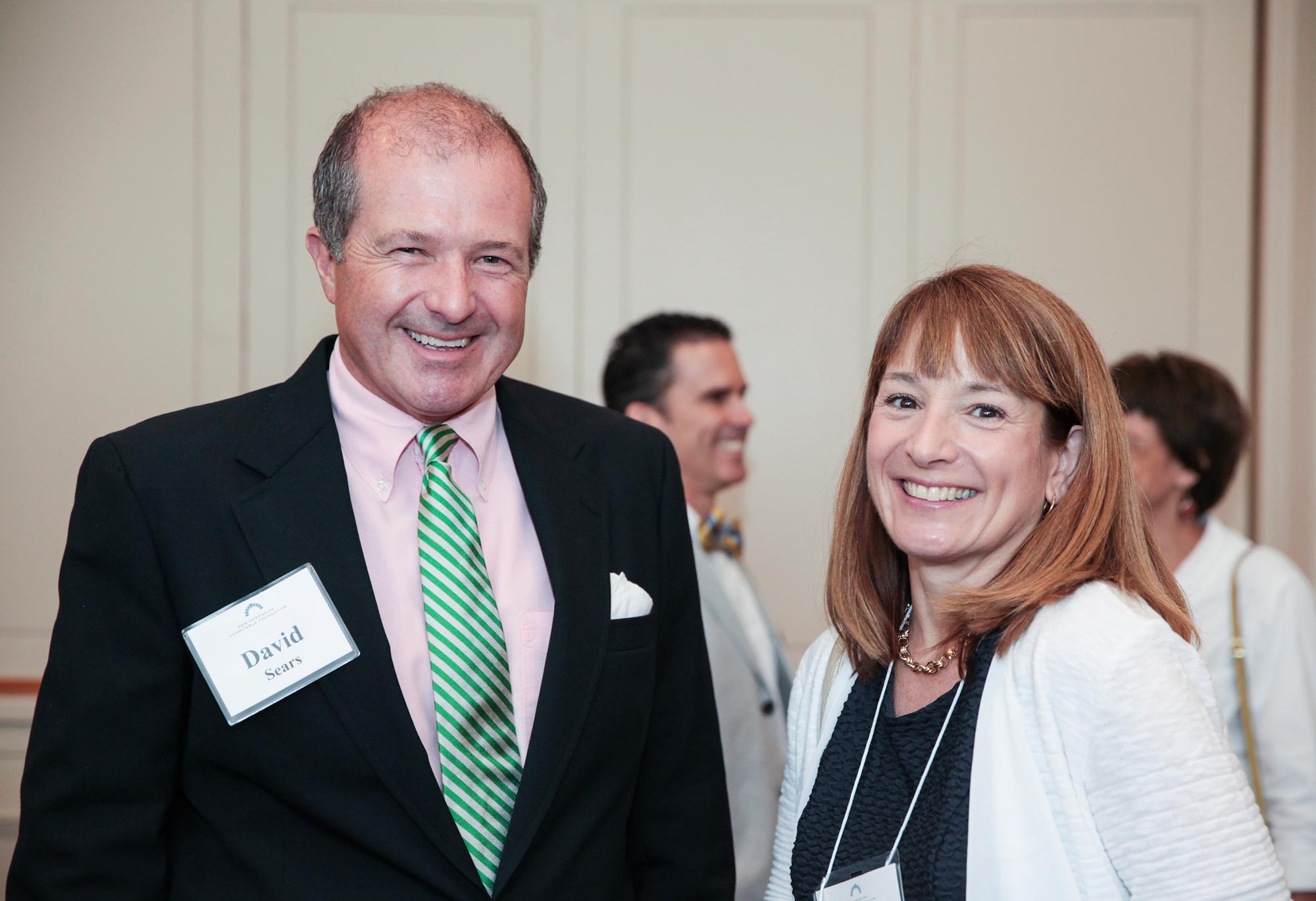






![Oluwakemi Olokunboyo of Dover received a McNabb scholarship to study nursing at Great Bay Community College [Photo by Cheryl Senter]](https://www.nhcf.org/wp-content/uploads/2024/05/Scholarship-Hero-800x548.jpg)
![Indrika Arnold, Senior Wealth Advisor, the Colony Group [Photo by Cheryl Senter]](https://www.nhcf.org/wp-content/uploads/2024/05/Indrika-Arnold-Hero-800x534.jpg)



